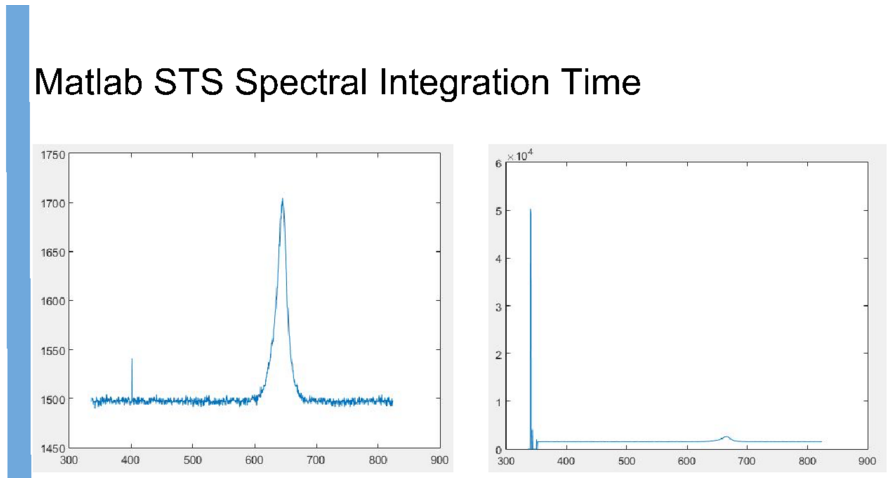|
Proposal Phase
Team Members
|
Design Decisions: |
Design requirements have been specified by NASA with many requests leaving little room for alteration. The original request for a full spectral range from UV to NIR wavelengths was altered due to budget constraints by NASA. As hardware research continues, memory layout has yet to be confirmed. NASA has been providing updates on ideal total data collection time, which will greatly alter the required non-volatile memory capacity requirements.
|
Design Work: |
Design choices are made during the search for viable flight ready electrical components. Environment constraints require radiation hardened parts to ensure proper operation in the unpressurized heat shield housing. Due to the price associated with these resistant components, parts of duplicate functionality will need to be acquired for the testing and design phase to be completed by the NAU team. Part selection will be integral to the final layout of the data collection unit. |
Testing: |
Since the arrival of the micro spectrometer device, we have been testing MATLAB programs and spectral readings every work session. We have tested the operation of the spectrometer, changing device integration time and altering communication baud rates. We have tested remote signal input in the form of machine generated square waves and tested and successfully powered the spectrometer over the built in mHDMI interface at 5.0V power via RS232.

|
Challenges: |
Proper communication between the Ocean Optics STS spectrometer and MATLAB over RS232 had presented challenges for the team early on. While some commands issued to the STS device return an immediate response, others do not return any indication of a successful command. The team had to work creatively to achieve confirmation that one-way instructions were received.
|
|

